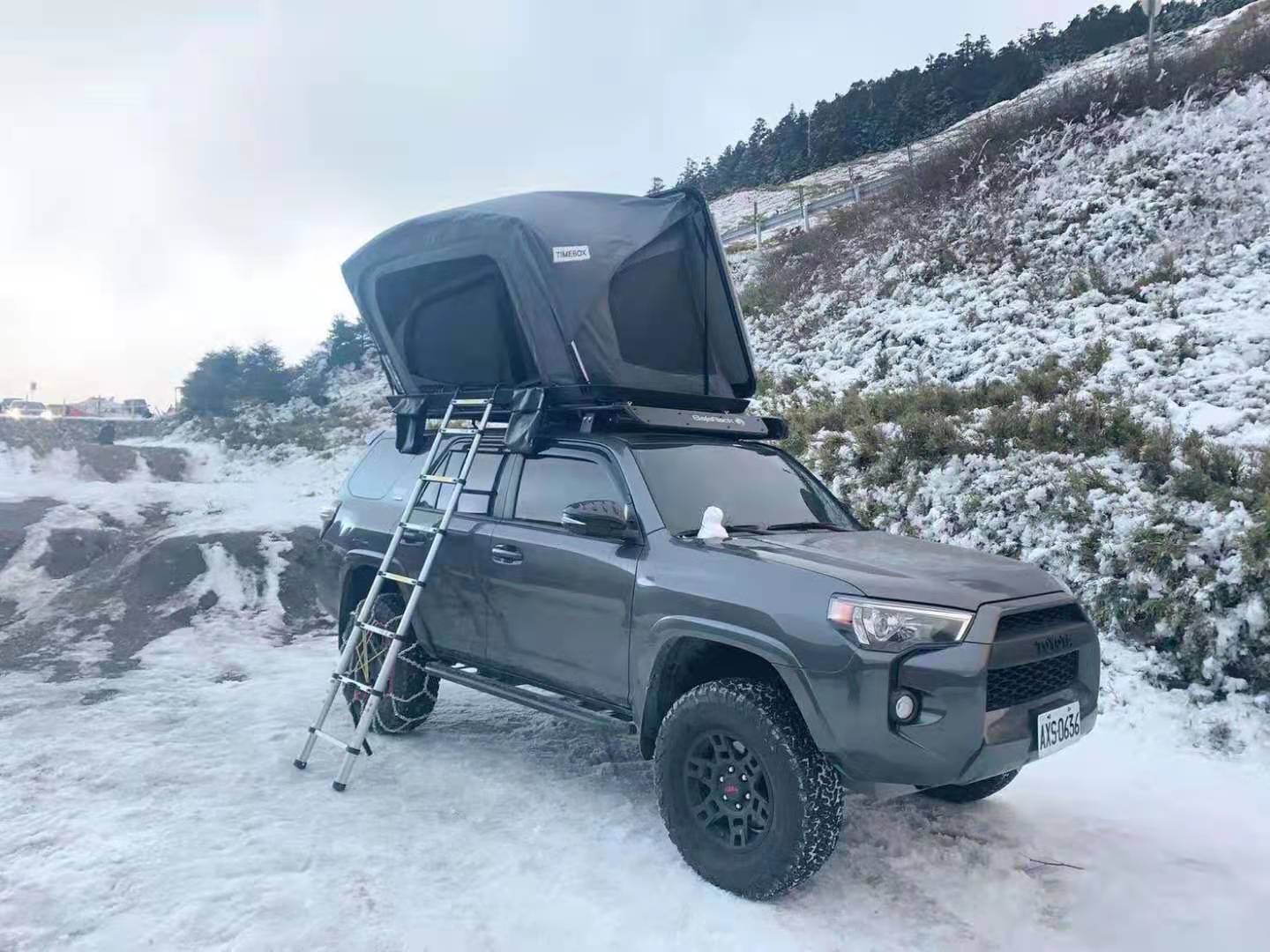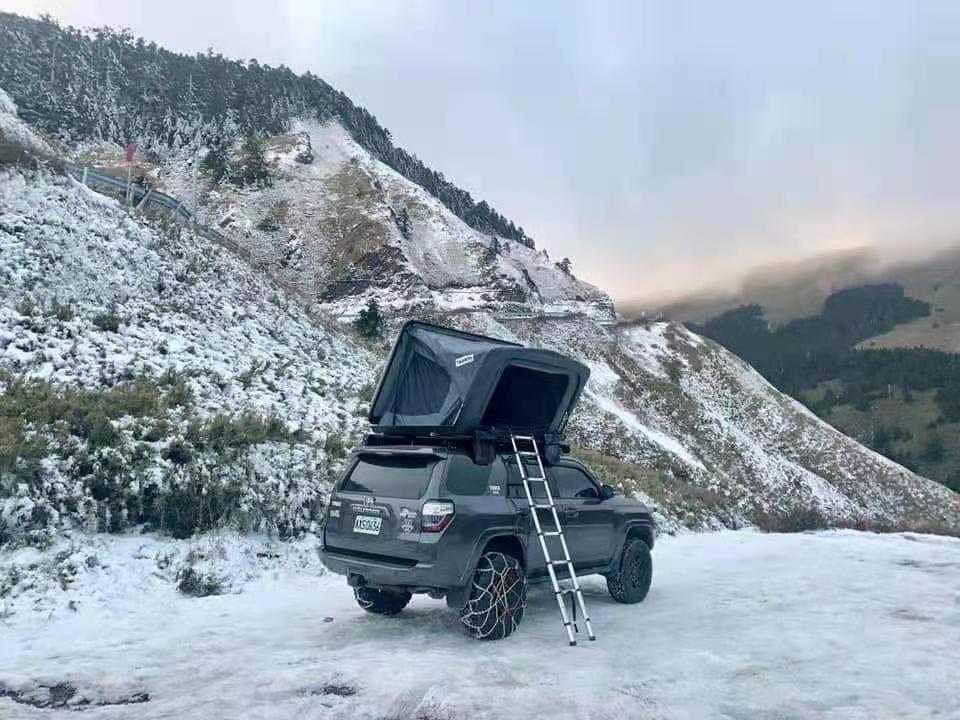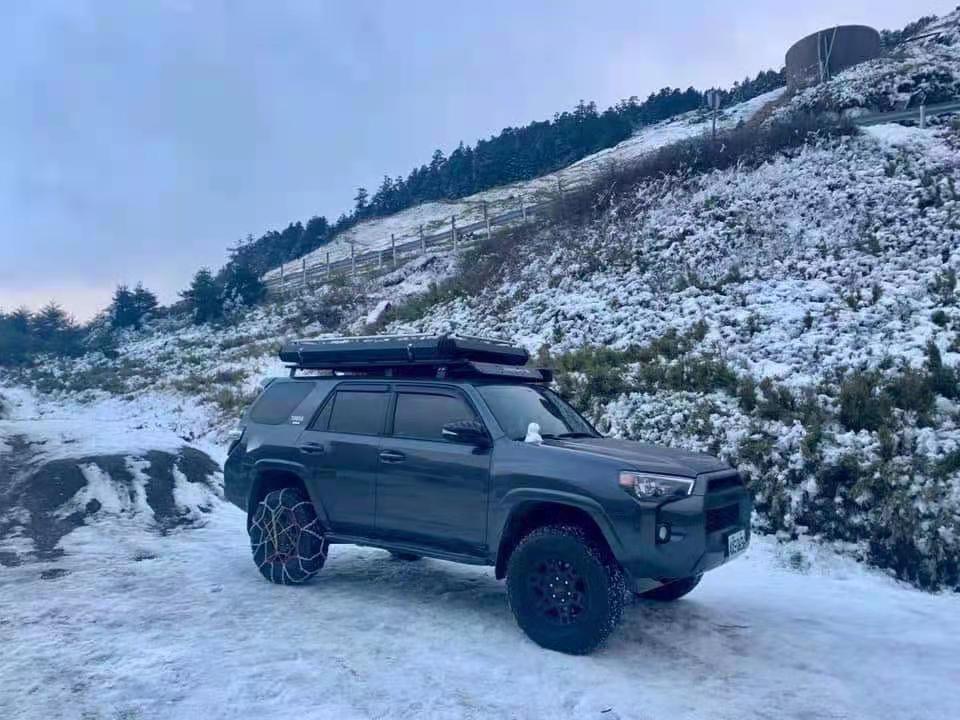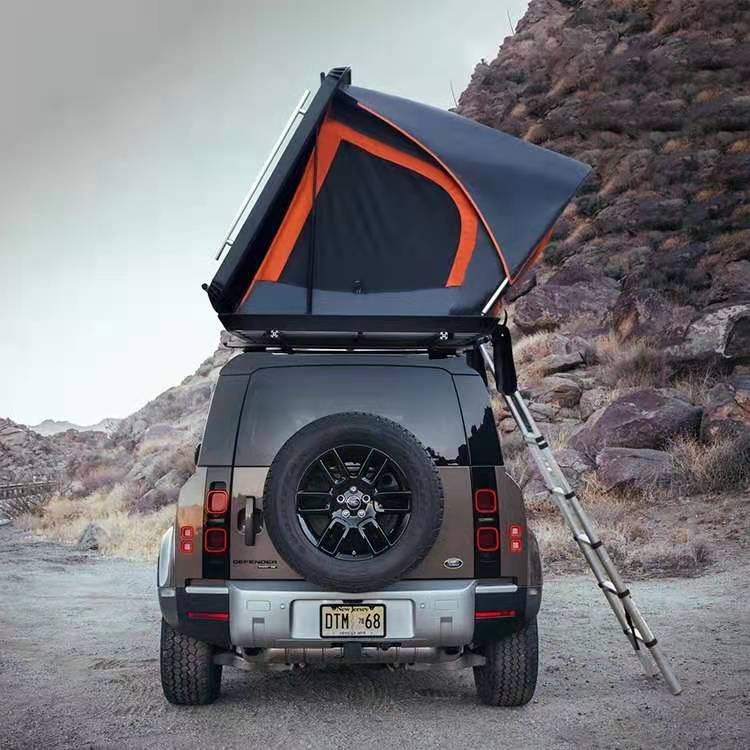RTT the best tent you need on road trip!
The roof top tent (RTT) is currently the darling of the land world. There seems to be nothing better than showing off your new rooftop tent during your latest epic offline camping trip to build social media credibility (bonus points for drone footage). No wonder Instagram and YouTube are flooded with videos of rooftop tents. And all for a good reason: they are versatile, comfortable to sleep in and look stylish. Plus, they offer a travel trailer for most common street vehicles without the sky-high price of actually buying an RV. However, there are also disadvantages, especially with soft top tents. Some of them are obvious and some are not so obvious, especially for first-time homebuyers.
If you are buying a rooftop tent right now, you will surely know all the benefits of owning one. You don’t need us to convince you to buy. However, before shelling out $3,000 for the best rooftop tent you can find, there are downsides to consider as well. We’re not trying to discourage you from buying, but it’s worth knowing what you’re getting into.
If you already own or are buying a rooftop tent, you know about its most egregious downside: the price. Rooftop tents are expensive. Some of the best camping tents on the market are under $400, while even entry-level rooftop tents can cost upwards of $1,000. Prices quickly skyrocket into the thousands of dollars or more for upgraded models that are lighter, made from better materials, and have built-in features like LED lighting, solar panels, and heated back massagers. Pickup truck owners may need to purchase a custom rack to mount the new RTT on the back of their truck. Some car and SUV owners may also need to purchase a roof rack or other equipment to fit the new RTT to their vehicle. It folds up quickly.

This fact is perhaps the best reason not to buy a rooftop tent, and buyers will most likely not notice it. Camping or boarding with RTT means your shelter and vehicle are in the same place. Once you’ve camped and pitched your tent, you won’t be able to drive your vehicle to explore the area without taking it apart and putting it back together again. It doesn’t seem like much, especially since many RTT owners on social media highlight their (completely unrealistic) failures of less than 60 seconds. In fact, many of the best roof top tents take 10 to 20 minutes or more to completely break down and then another 10 to 20 minutes to set up again. Depending on your research style, this can easily result in wasting an hour or two each day.
If you are a light sleeper, be aware that sleeping in a soft top tent can be noisy – very loud. This is not surprising, as they are designed to be raised off the ground and made from an intricate web of overlapping fabrics. Wind vibrations, especially in high wind areas, can cause cloth and rain flies to flap so hard that they are deafening. For most of us who have fled to remote areas in search of peace and quiet, this fact alone can be the deciding factor.

Unless you’re a bat or a sloth, you like to sleep in a sensible position. Leveling a ground tent is easy. Just move through the mud and lie down to check the level before serving. Leveling a rooftop tent means leveling the entire vehicle, which requires leveling blocks, a bubble level (if you want to avoid major headaches) and maybe a bit of driving and backing up every time you set up camp. It’s not difficult, but tedious.
More precisely: they do not fall. Technically they are not permanent. However, most models weigh between 100 and 200 pounds. Plus, they’re bulky and unwieldy, meaning you’ll almost certainly need a friend or two to help remove. In fact, once you’ve installed yours, you’re less likely to take it off, even if you don’t need it. It is more convenient and cheaper to leave it on all the time. This leads to the next point.
No matter how light or streamlined an RTT is, fuel consumption will suffer when installed. This is simple physics. Your vehicle will be less aerodynamic, especially on the highway, and will be forced to move more weight than usual. In terms of fuel consumption, it’s like having an extra adult passenger in your car all the time. Losing a few miles per gallon may not sound like much, but for trucks and SUVs that consume gasoline, even a small drop in fuel efficiency can sting the pump.

One obvious advantage of rooftop tents over traditional camping tents is that they don’t touch the ground and attack animals. In truth, anything that crawls on the ground should have no problem getting on the side of your car and up or into your tent. Depending on where you’re camping, it could be spiders, ants, mice, squirrels, wolverines, and of course, bears. It probably seems safer than a regular tent. Actually it is not.
However, we don’t hate rooftop tents. For the right style tourist with a decent discretionary income, they are great. But if you’re considering buying, don’t rely solely on influencers for your research. It’s not as easy as they think.
Post time: Dec-08-2022


